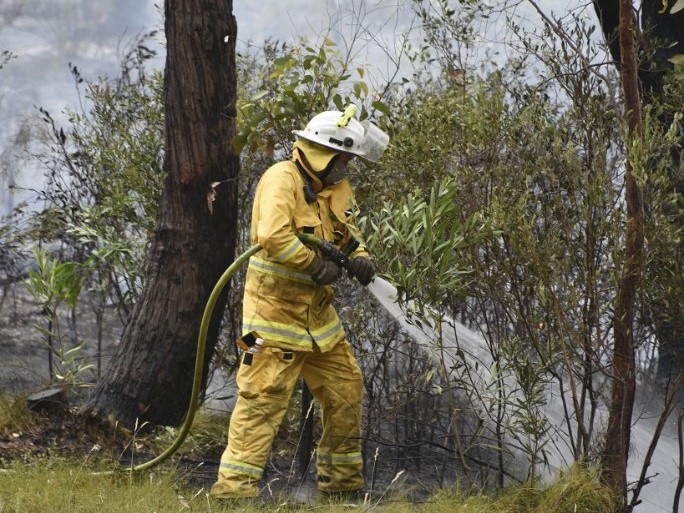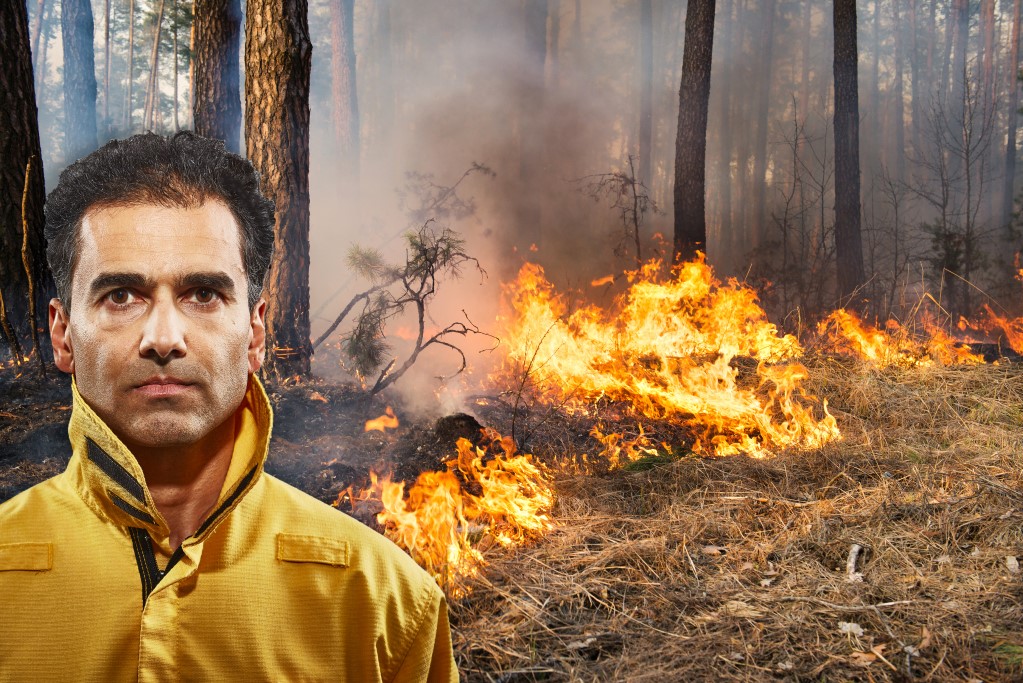Australia is one of the most wildfire-prone countries in the world. Bushfires are a regular natural occurrence in the country, with many plants and animals having evolved to adapt to these conditions. Aboriginal Australians used fire to clear out dead vegetation and allow new plants to grow, and controlled burning is still used in this way today.
However, unplanned fires can still cause devastating destruction and loss of life. There have been several major Australian conflagrations in the past 100 years that have shocked the wider world. Recently, the intense 2019-2020 bushfire season resulted in the deaths of 30 people and billions of animals.
The increasing threat of climate change means that this problem is only likely to get worse. Australia continues to see summer temperatures climb year-on-year, with drought drying out undergrowth that acts as fuel for bushfires. In the face of this ever-worsening issue, it’s crucial that Australia’s firefighters have access to the best PPE available.
As Stephen Boucher, Operational Specialist Equipment Officer at South Australia Country Fire Service (CFS) explains, “Wildfires present a wide range of hazards to firefighter health. As they aren’t in a contained environment this means that they can be very unpredictable, and the firefighters attending must have a great deal of stamina to perform effectively and prevent the fire spreading further. Unfortunately, they’re also exposed to extreme radiant heat which makes the risk of overheating very real.
“A main priority for wildland PPE, in addition to being flame retardant of course, is that it’s designed in such a way as to allow the wearer some relief from metabolic heat – this is the heat that is generated by your body from physical activity. If a firefighter is wearing a garment that isn’t specifically designed for high activity scenarios they risk developing heat exhaustion, endangering theirs and others’ lives.
“About 90% of our time is spent attending bushfire incidents, so appropriate wildland protection is obviously crucial to us. South Australia’s climate varies across the state, from very hot arid temperatures in the north to a more Mediterranean climate in the south. This means that the service needs to be equipped with kit that can withstand a variety of weather conditions in addition to performing against bushfire.”
Developed in collaboration with Australian firefighters, Hainsworth Protective Fabrics’ ECO-DRY Shield textile has been created with these concerns in mind. When designing the fabric structure, Hainsworth recognised that it had to be comfortable to wear during high physical exertion as well as being extremely flame retardant. The result is a fabric that incorporates protective aramid fibres with merino wool, which wicks away moisture from the skin to help the wearer maintain a consistent body temperature.
ECO-DRY Shield has been the fabric of choice for South Australia’s wildland firefighting PPE since 2019. The Metropolitan Fire Service (MFS) first started wearing Stewart & Heaton garments made with ECO-DRY Shield in 2018, followed by the CFS representing rural South Australia a year later.
“We’ve been delighted with the way that ECO-DRY Shield has performed as part of our wildland ensemble,” says Stephen Boucher.

“It provides great breathability, which is a crucial feature to prevent that build-up of metabolic heat. This coupled with its lighter weight means that our firefighters can keep performing at their peak for longer, without getting overheated as easily. It wicks away moisture really well, which helps to keep you cool in such tough environments. This is complemented by the smart innovative garment design by Stewart & Heaton, and it all comes together to create a world-class kit. In comparison to other wildland garments that I’ve tested, which can feel like wearing cardboard, the comfort that ECO-DRY provides is incredible.
“I’ve been wearing a Stewart & Heaton ECO-DRY kit for 6 years and it’s continuing to perform to this day. High tensile strength and durability are key to a reliable kit, and it’s kept its protective qualities despite the multiple bushfires – and washing machine cycles – it’s faced over the years!”
